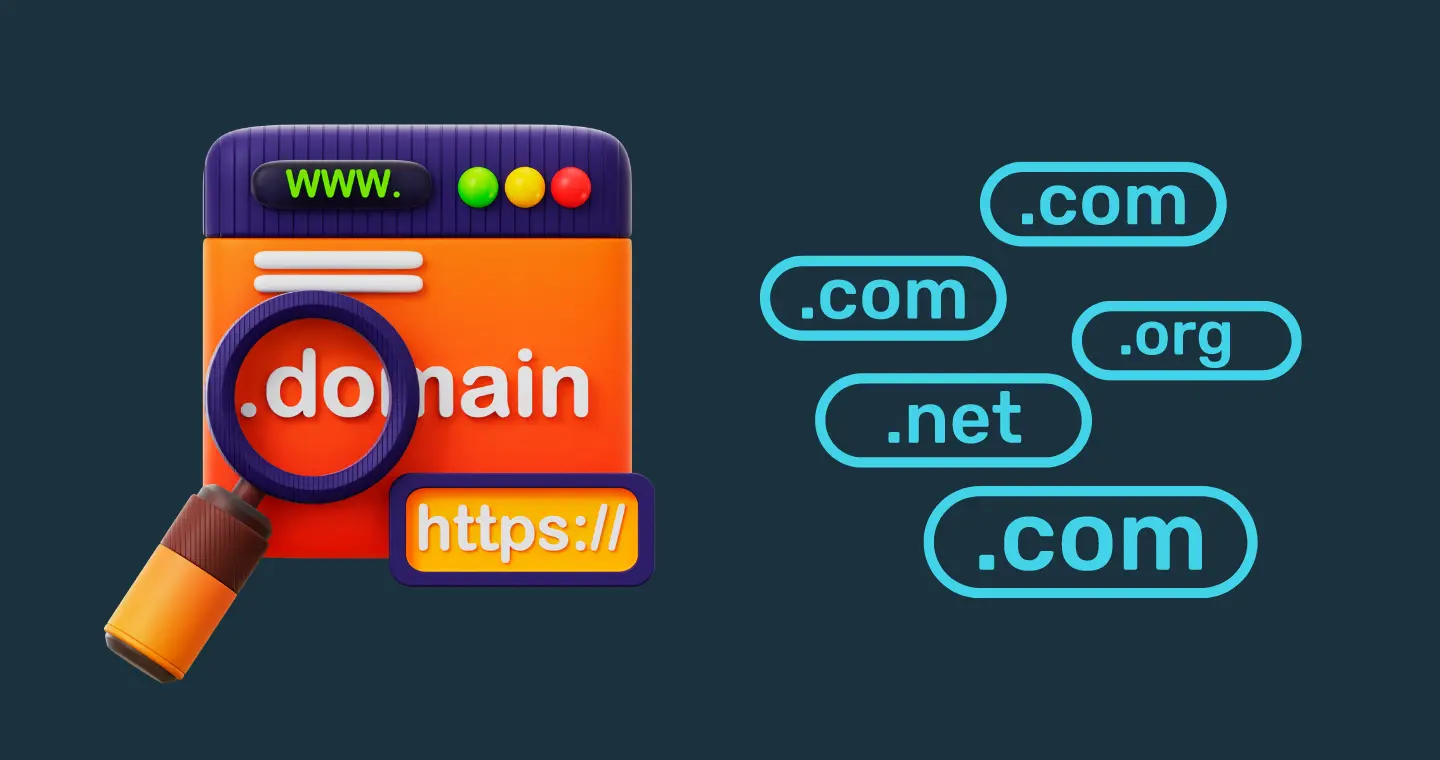The Importance of Digital PR in the Modern Era
Digital PR is a powerful tool for businesses to boost their online reputation and build authority for their brand. It helps businesses connect with their customers in a positive and meaningful manner. Just like traditional public relations, it also allows you to have control over the messages that are being communicated about your company. The main distinction is that digital PR focuses specifically on managing your reputation online.
What is Digital PR?
Digital PR is a strategy that uses online methods to make people aware of a brand. It helps your company stand out in the busy online market by creating a strong message and increasing brand recognition.
Moreover, it has various elements, such as blogging and guest posts. Additionally, it also involves creating online profiles, gaining followers on social media, and sharing podcasts and videos online. All these activities contribute to how people perceive your business and its leaders.
The Goal of Digital PR
Digital PR and traditional PR have the same goal: to improve a client’s reputation and make them more well-known to their intended audience. However, it uses different approaches compared to traditional PR.
Digital Public Relations focuses on using digital tools to build brand value. It can be challenging to establish a strong brand in the digital age, where competition is constantly increasing. To remain competitive and gain visibility, there are numerous methods available.
In today’s digital landscape, customers have endless options when choosing who to do business with. If you don’t utilize digital PR, your brand may get lost among competitors. To stand out and be noticed online, it’s essential to create a clear brand identity and effectively communicate it through the channels where your target audience seeks information and solutions for their needs.
Benefits of Digital PR
Your objective while launching a digital PR campaign will be to increase brand recognition and fortify your online presence. The establishment of your online persona and what makes your company unique may be strongly impacted by a focused campaign.
1. Builds Brand Credibility
Digital PR is a strategy that helps boost your company’s reputation and credibility while also increasing brand awareness. It involves showcasing yourself as a leader in your industry and letting people know why you are important. Moreover, this type of PR is particularly effective online, where people can easily find and learn about you.
One-way digital PR enhances credibility is by displaying an “as seen on” section on your website, highlighting articles where you have been mentioned or quoted. It also helps when industry experts refer to you, as it shows that you have achieved a lot and are worth following.
Remember, the majority of people (91%) rely on online reviews and other information to form opinions about companies even before making a purchase. So, establishing credibility is crucial.
2. Increase Online Visibility
Digital PR campaigns enhance your online presence and brand growth by utilizing SEO techniques like SEO-friendly content, guest posting, and online profiles. These campaigns increase visibility on search engines, reach target audiences, and encourage positive content sharing. Digital PR content on highly-ranked websites generates valuable backlinks, boosting ranking signals and organic search traffic. This connection can lead to higher domain authority and better industry search rankings.
3. Develop Leads
Email marketing is a crucial component of many firms’ marketing plans. You may use it to entice users to visit your website again. You can do it with the help of PR.
Create a display email for your work. It could talk about some kind of insightful knowledge It could also consist of some kind of gratitude for a recent achievement. Current clients can see your trustworthiness because of this. It also motivates them to make a purchase from you.
These customers could tell others about your company. This enhances traffic to your website and produces highly qualified leads.
4. Positive ROI
Investing in digital press release services can provide a good return on investment (ROI) for your business. When your business receives positive mentions online, it can have a long-lasting impact. It means that any money you put into digital PR will continue to benefit your business for years to come.
Some people may not immediately see the value of this investment. It’s unlikely that a single PR mention will bring a huge amount of traffic to your website. However, the advantages come from utilizing these social media mentions, enhancing your brand’s trust, and attracting new prospects through email marketing. This type of PR strategy takes time to build up, but it creates a strong and lasting impression of your business that keeps boosting your online presence over time.
5. Builds Target Reach
One of the aims of this PR is to make sure your business reaches the people who are most likely to be your customers. You can carefully leverage brand mentions to connect with your target audience once you’ve identified who they are. Social media may be used for this, or you can change the locations where your adverts are displayed.
The important thing is that the content your target audience reads is valuable and engaging. It should be interesting and have a positive impact on your business. Moreover, people should be curious enough to click on it and visit your website.
Conclusion
Digital PR plays a crucial role in the modern era by helping businesses establish their online reputation and build brand authority. It allows businesses to connect with customers in a meaningful way and stand out in the competitive online market. Furthermore, with the focus on managing reputation online, it employs various strategies like blogging, social media, and content sharing to enhance brand credibility and increase online visibility. Additionally, by investing in digital PR services, businesses can achieve a positive ROI, develop leads, and effectively reach their target audience with valuable and engaging content.


























